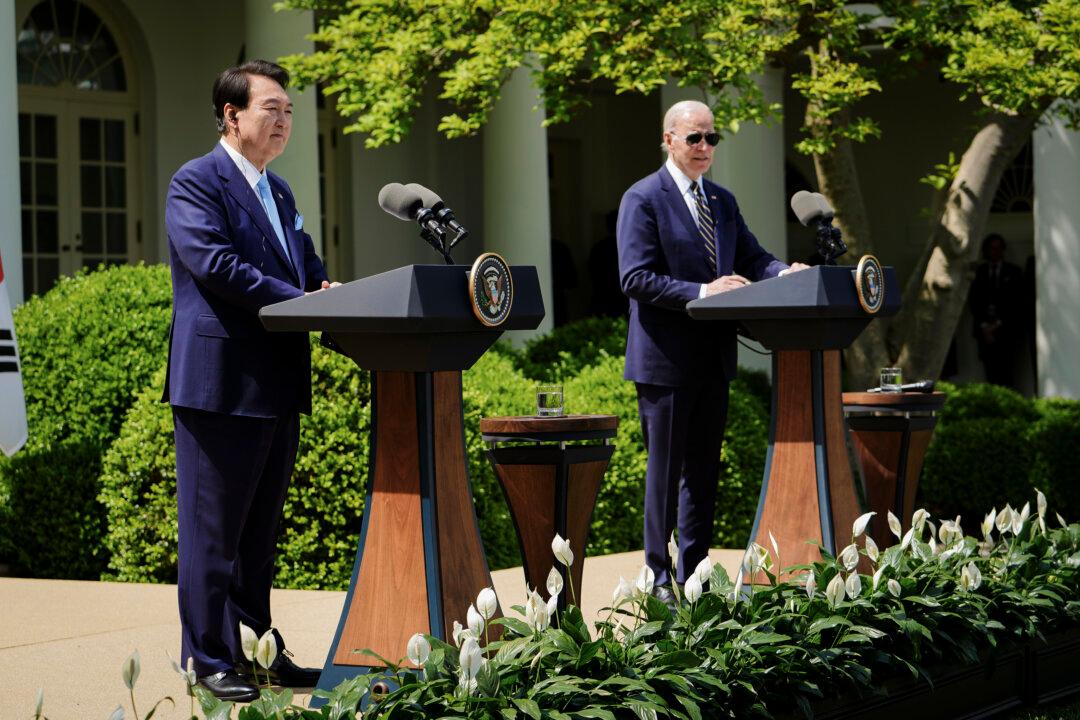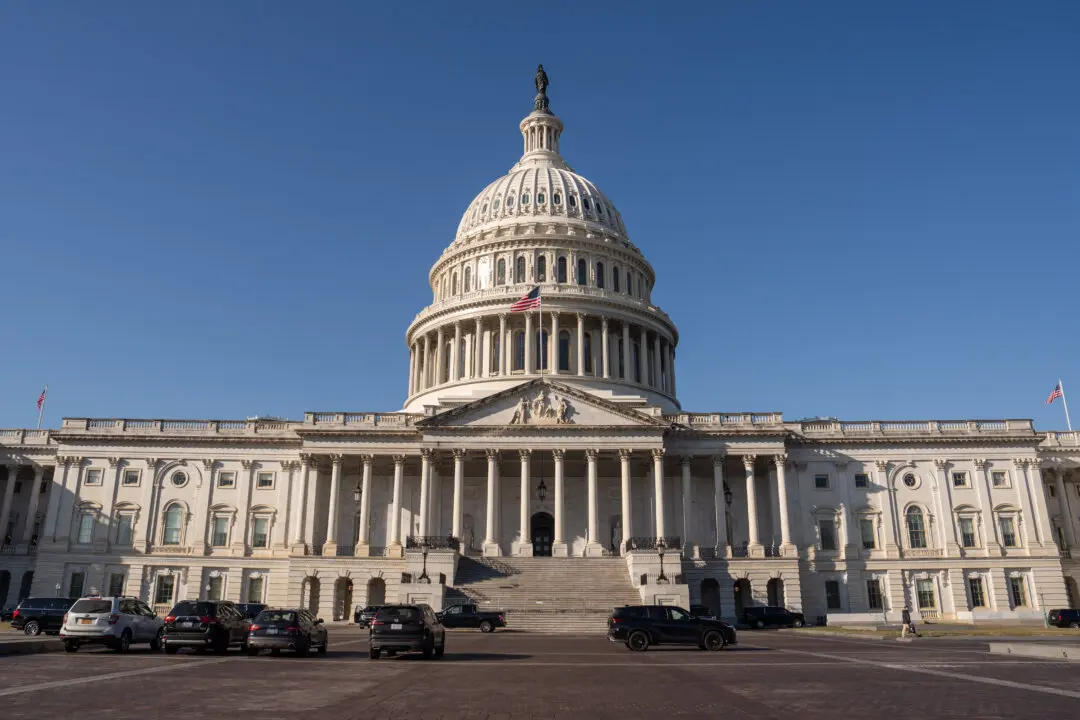The United States has had no success in persuading the North Korean regime to denuclearize, but a new deal reaffirming a 70-year treaty will keep South Korea from building its own nuclear arsenal.
In exchange for South Korea’s commitment to remain in compliance with the Nuclear Non-Proliferation Treaty, the United States will double down on the “nuclear” component of its “nuclear deterrence” strategy against Kim Jong Un’s regime.





